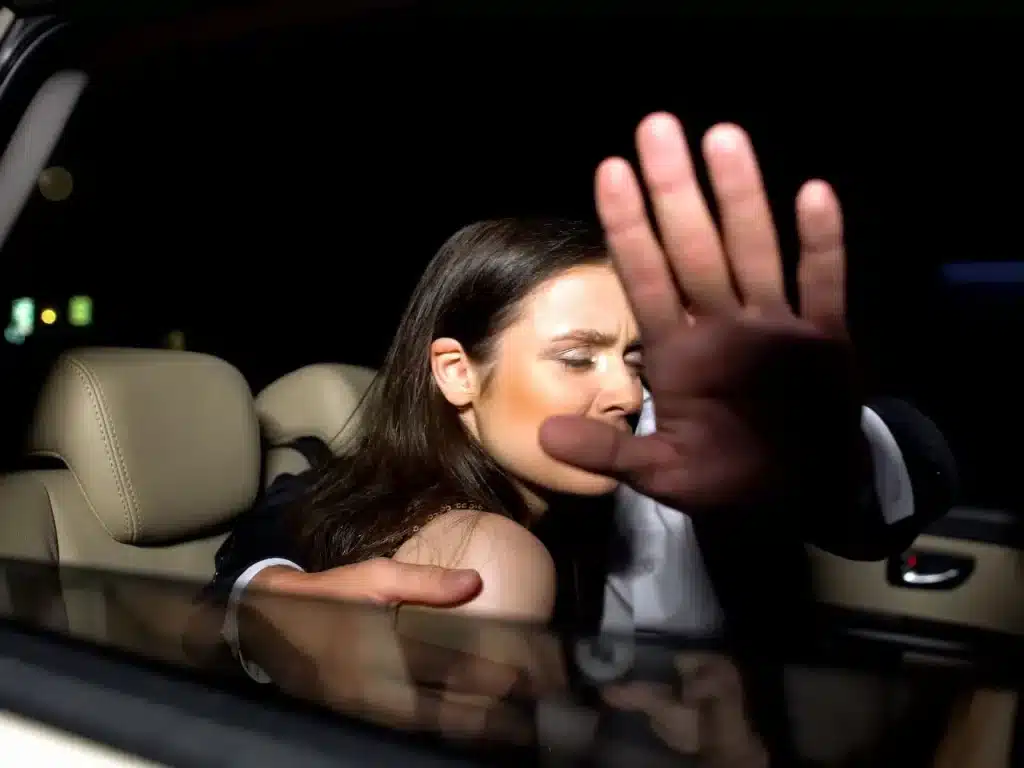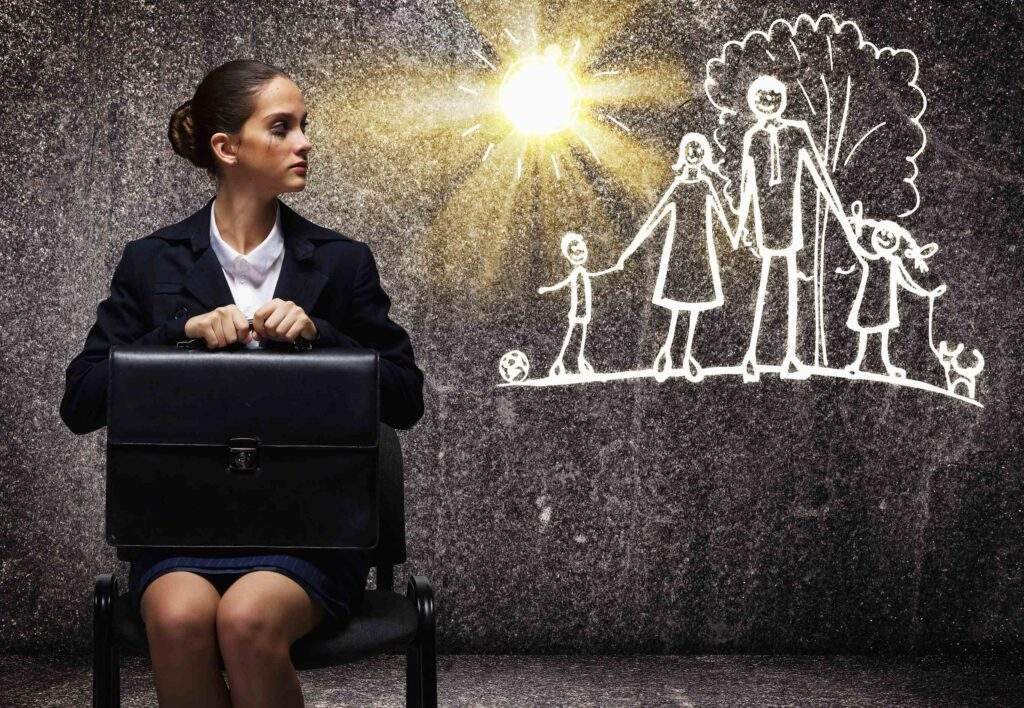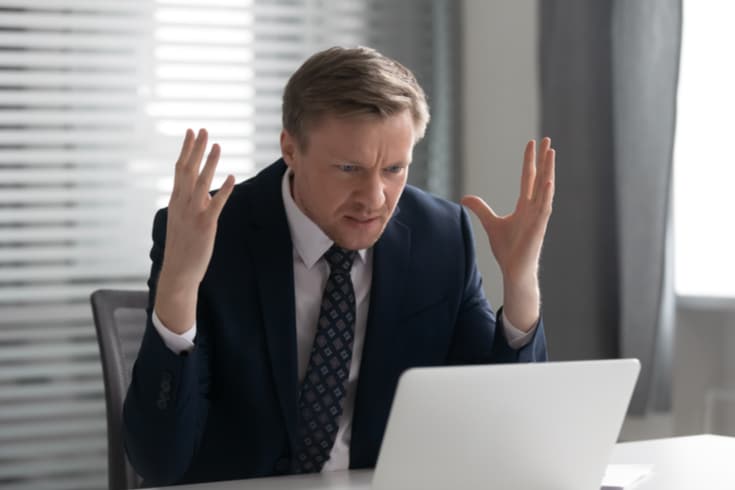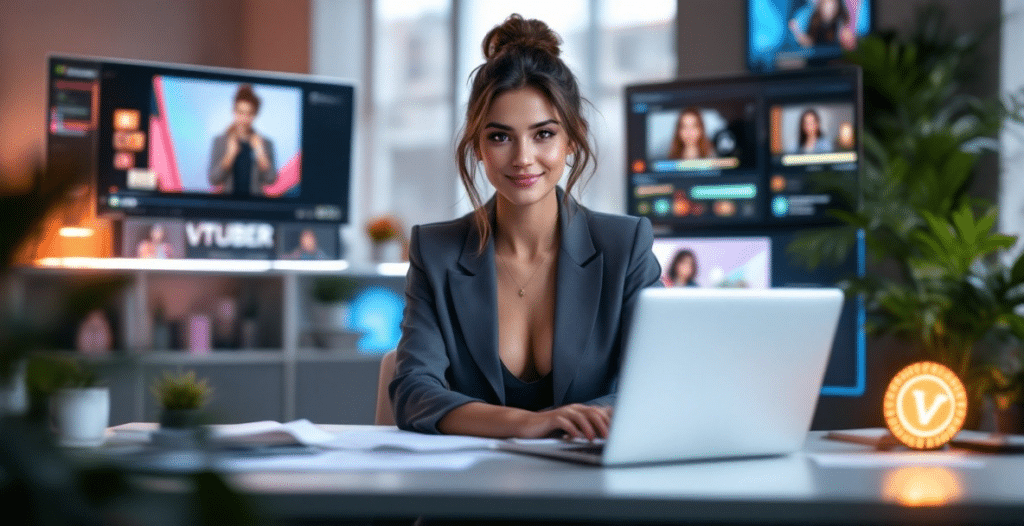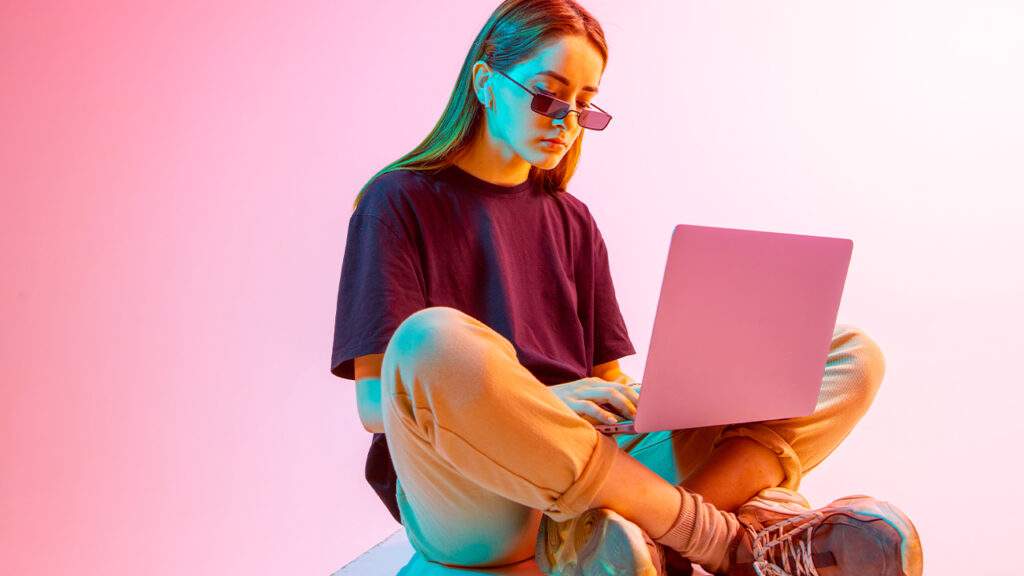Legal Issues with Popular Reaction Videos on YouTube: Do They Not Infringe Copyright?
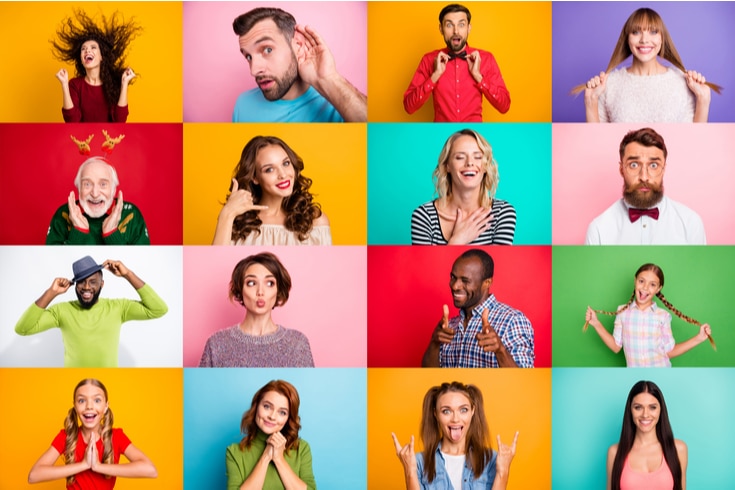
Within the videos posted on YouTube, there is a genre known as reaction videos. Reaction videos are those in which the main content is the reaction of a YouTuber to a specific photo or video, making it one of the popular genres on YouTube.
However, in reaction videos, it has become somewhat commonplace for the video uploader to use photos or videos of artists within their own posted videos. Given that they are using photos or videos of artists, there is a potential for issues to arise in relation to copyright.
Therefore, in this article, we will explain the relationship between reaction videos and copyright for those who are posting reaction videos on YouTube.
What is YouTube?
YouTube is the world’s largest video sharing site, operated by Google.
Unlike television, YouTube has the unique feature of allowing viewers to watch their favorite videos at any time they choose.
What are Reaction Videos?
In reaction videos, it is important to show what kind of photos or footage the person is looking at and what kind of reaction they have. This is a key element of the video.
Therefore, it is very common for reaction videos to use photos or footage of artists, anime scenes, and so on.
Given the prevalence of such cases in reaction videos, the relationship with copyright law is often an issue.
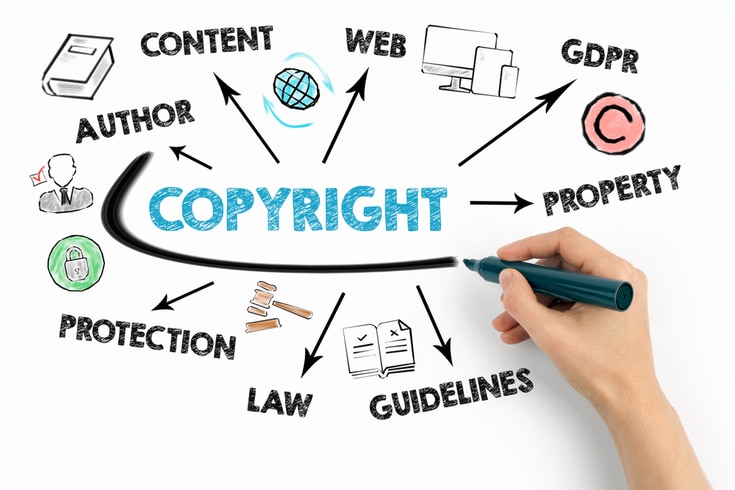
What is the Copyright Law?
The Copyright Law defines its purpose in Article 1 as follows:
(Purpose)
Article 1: This law establishes the rights of authors and rights related to performances, records, broadcasts, and cable broadcasts, aiming to protect these rights while ensuring the fair use of these cultural properties, thereby contributing to the development of culture.
In simple terms, the purpose of the Copyright Law is to protect the rights of authors and others, thereby encouraging the creation of works and contributing to cultural development.
What is a Work?
In order to be protected under the Copyright Law, it is necessary to qualify as a “work”.
The definition of a “work” is stipulated in Article 2, Paragraph 1, Item 1 of the Copyright Law as follows:
(Definition)
Article 2: In this law, the meanings of the terms listed in the following items shall be as defined in each item.
1. Work: Something that creatively expresses thoughts or feelings and falls within the realm of literature, academia, art, or music.
The concept of a “work” does not include everything that people create. It must ① creatively express thoughts or feelings, and ② belong to the realm of literature, academia, art, or music.
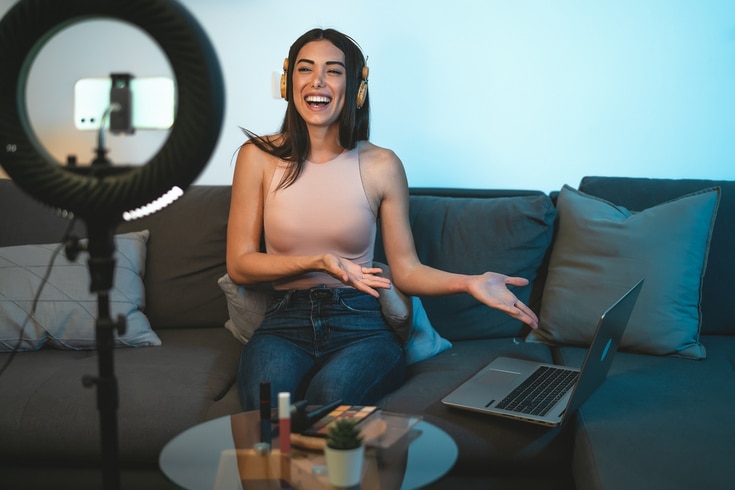
Can Photos and Videos Used in Reaction Videos be Considered Works?
As mentioned earlier, reaction videos heavily rely on the reactions of people who have viewed specific photos or footage.
Therefore, distinctive photos or footage that elicit strong reactions from viewers are often used in reaction videos. In most cases, the photos or videos used in reaction videos can be considered works.
Especially, music videos (MVs) of artists and anime footage, which are often used in reaction videos, are considered to be works.
Can Reaction Videos be Considered Copyright Infringement?
If the photos or videos used in reaction videos fall under copyrighted material, using them without the permission of the copyright holder would generally be considered copyright infringement.
However, there are specific cases where it may not be considered copyright infringement. In the following, we will introduce cases where it is not considered copyright infringement.
When it can be Quoted and Evaluated
Under the Japanese Copyright Law, there are cases where the use of copyrighted material without the permission of the copyright holder is not considered copyright infringement.
Specifically, these are stipulated in Articles 30 to 47-8 of the Japanese Copyright Law.
These are referred to as limitations on copyright, and in relation to reaction videos, whether it can be quoted and evaluated is a major point.
The Japanese Copyright Law stipulates the following about quotation in Article 32, Paragraph 1:
(Quotation)
Article 32: A published work may be quoted. In this case, the quotation must conform to fair practice and must be within the legitimate scope of news reporting, criticism, research, and other purposes of quotation.
In order to be recognized as a quotation, the following four requirements must be met:
- The work being quoted is published (publication requirement)
- The work is being quoted (quotation requirement)
- The quotation conforms to fair practice (fair practice requirement)
- The quotation is within a legitimate scope (legitimate scope requirement)
About the Publication Requirement
The work being quoted must be a published work.
Specifically, this could be a case where the copyright holder has published the work, or someone who has received a license from the copyright holder has published it.
In the case of reaction videos where an artist’s music video or anime footage is used, it is considered that the publication requirement is met.
About the Quotation Requirement
For the quotation requirement, the concepts of clear distinction and subordination (subsidiarity) are important.
Firstly, clear distinction means that the part of the work that is being quoted and the rest of the work must be clearly distinguished.
Next, subordination means that the part being quoted is subordinate, and the rest of the work is dominant. In the case of reaction videos, if the quoted music video or anime footage is shown in a small window and the reaction is the main focus, it is considered that the requirement of subordination is met.
About the Fair Practice Requirement
The fair practice requirement means that the method of quotation conforms to fair practice.
The fair practice requirement is judged on a case-by-case basis, and it is not possible to make a general statement, but in some court cases, whether or not the source is clearly indicated has been a factor in the judgment.
Therefore, it is possible to consider listing the source of the photos or videos used in the reaction video in the description of the reaction video.
About the Legitimate Scope Requirement
In order to meet the legitimate scope requirement, it must be within a legitimate scope for the purpose of quotation.
For example, if the purpose of the reaction video is to upload the photos or videos used in the reaction video, it may be judged that the legitimate scope requirement is not met.
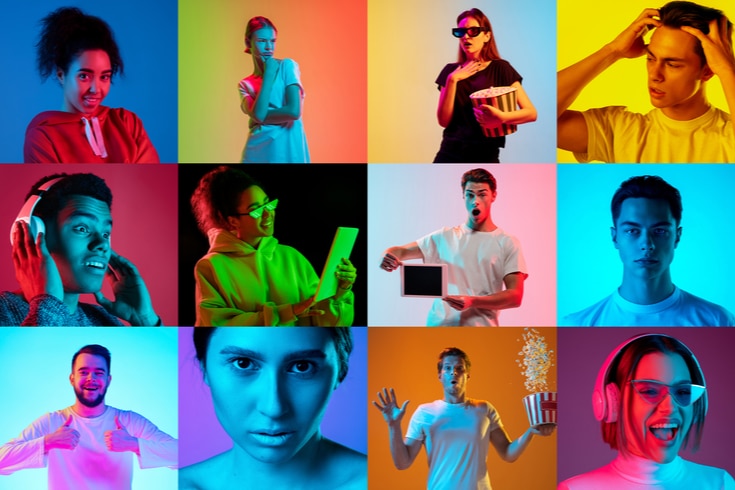
Cases where Reaction Videos are not a Major Issue Even if They Infringe Copyright
As mentioned above, if you use photos or videos in reaction videos that are copyrighted by others without permission, it will be considered copyright infringement, except in cases where it falls under quotation or the like.
However, in reality, there are many cases where reaction videos serve as a kind of promotion, and the copyright holder does not take issue with the copyright infringement and tacitly approves it.
Therefore, there are many reaction videos that are strictly speaking in a state of copyright infringement and are uploaded to YouTube.
Furthermore, in the United States, where Google, which operates YouTube, is headquartered, there is a concept of fair use for copyrighted works, and there seems to be a culture of treating photos and videos used in reaction videos as materials, at least to some extent.
Summary: Consult Lawyers when Posting Reaction Videos to Avoid Copyright Infringement
In this article, we have explained the relationship between reaction videos on YouTube and copyright law, specifically targeting those who post such videos.
It’s important to note that if you use photos or videos in your reaction videos that are copyrighted by others without permission, you may be infringing on their copyright, unless your use falls under exceptions such as quotation. Therefore, those who post reaction videos need to be cautious.
Some of you who post reaction videos may think that it’s not a big issue and therefore it’s okay. However, it could be that it just hasn’t become a major issue yet. Therefore, we recommend that those who post reaction videos consult with a lawyer who has specialized knowledge in this area.
Introduction to Our Firm’s Measures
Monolith Law Office is a legal office with high expertise in both IT, particularly the internet, and law. In recent years, we have handled many advisory cases for YouTubers and VTubers, who are gaining popularity online. The need for legal checks in channel management and contract-related matters is increasing. At our firm, attorneys with specialized knowledge are in charge of these measures.
Category: Internet

